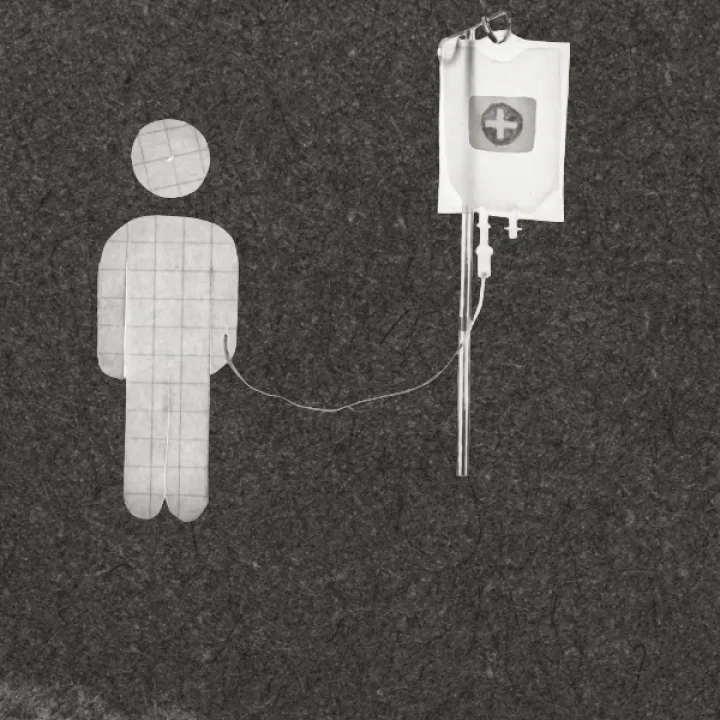Depictions of gene and cell therapies in the news can make it seem like a ‘miracle cure’. Science fiction narratives often suggest that, in the future, they will be used to treat all illness and injury.
The idea of treating a condition or illness at its root may certainly seem more appealing than the idea of invasive surgery, or lifelong regimen of medication or physical therapy.
But to assess whether this is possible, or desirable, we need to consider: what makes a condition suitable for treatment by gene and cell therapies?
This explainer page is currently undergoing final review by members of the EuroGCT partnership.
